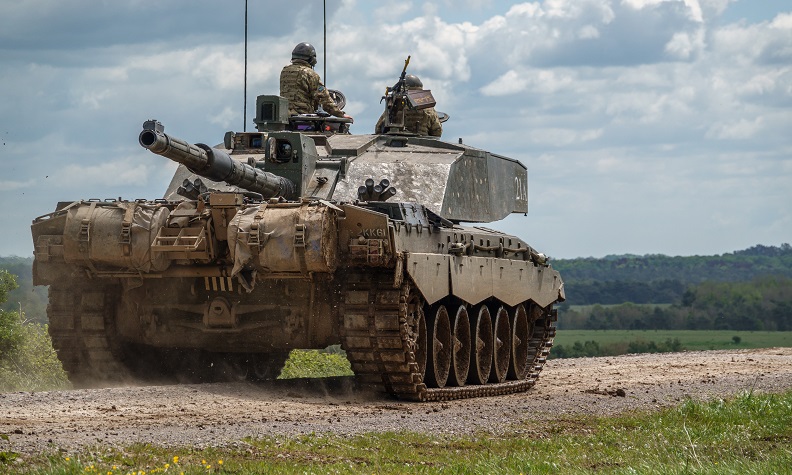• Wet blasting removes rust, coatings, and contaminants. The process helps prevent corrosion, enhances durability, and prepares surfaces for optimal adhesion of protective coatings or paint. It ensures vehicles remain reliable, operational, and ready for extreme conditions and demanding environments.
• Tanks and armoured vehicles: Thorough cleaning, removing grease, oil, rust, and carbon build-up, and paint stripping in preparation for crack detection and subsequent re-coating. The water in wet blasting contains any toxic harmful paint dust, or even asbestos, that might exist - unlike dry blasting. And the process does not tie up the time of skilled staff with laborious manual cleaning.
• Engine and drivetrain components: Degreasing and cleaning components like cylinder heads, pistons, crankshafts, valves, gearboxes, and axles. Wet blasting using a glass bead media cleans and demagnetises components, helping to ensure metal contaminants are fully removed.
• Cleaning brake components: Wet blasting cleans brake drums, discs, callipers, and other components by removing contaminants such as dirt, grease, oil, and rust without damaging the underlying surface. It can also strip paint and prepare surfaces for reassembly, painting, coating, or other treatments by creating a clean, consistent finish.
• Suspension and undercarriage: Cleaning parts such as coil springs, dampers, and tracks to ensure operational reliability.
• Weapon mounts and turrets: Cleaning and preparation for resurfacing weapon mounts to maintain proper alignment and functionality.























